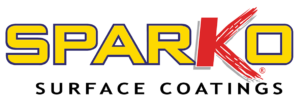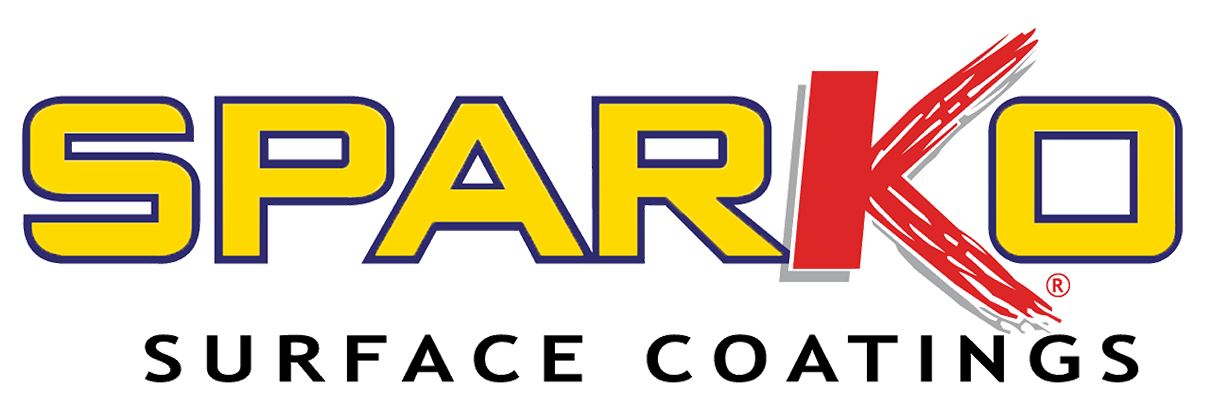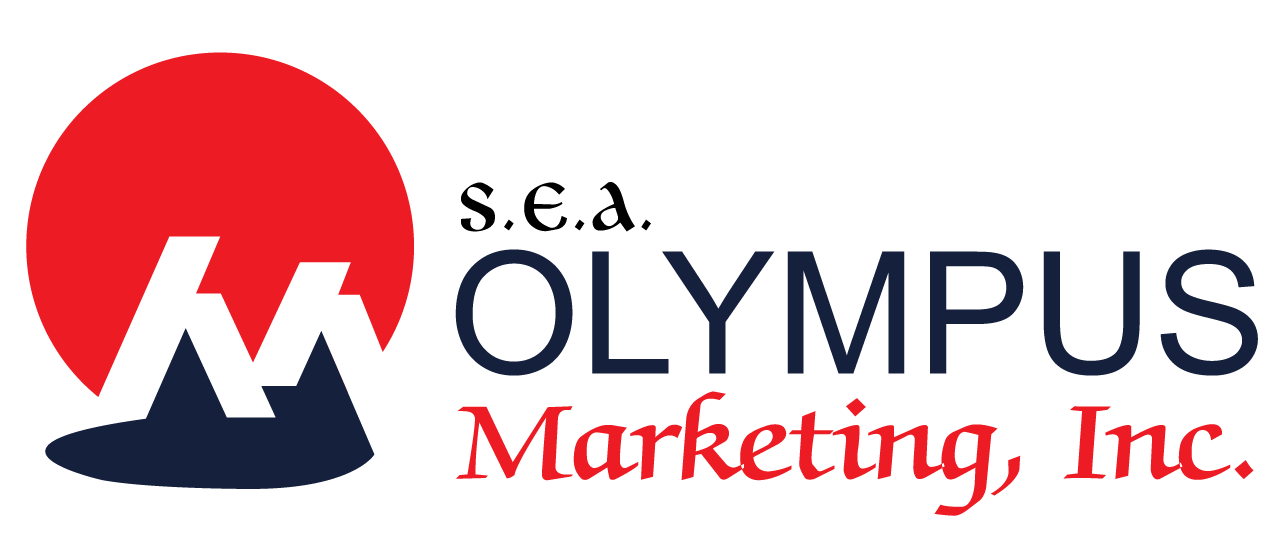1. What is the composition of the paint?
Paint is essentially composed of mixture of a binder that enables the paint to stick on to the surface; pigments, to give the paint color, making it opaque and occasionally to prevent corrosion; and solvents to make paint spreadable.
2. How are solvents classified?
Solvents are classified according to their rate of evaporation:
- Active – fast evaporation, strong cutting action.
- Latent – slower evaporation and enables chemical to settle during drying.
- Diluent – very slow evaporation.
3. What are the three (3) important qualities of paints?
When looking for the right paint to use, it is important to know and consider the important qualities of paint.
a. Cohesion – this pertains to the compatibility, with regards to reaction, of the paints components.
b. Adhesion – this pertains to the ability of the paint to stick on to something.
c. Strength – this pertains to the ability of the paint to withstand stress; the quality of being strong.
4. What is a finish?
Finish is a term used on how the coating system is being viewed.
Example: Mottle Finish, Crackle Finish, Natural Finish or Antique Finish
5. What is Lacquer?
Lacquer is the type of fast drying solventbased coating material which forms a film after the evaporation of the solvent.
6. What are the differences between Lacquer and Varnish?
Lacquer and varnish differ in:
- Mode of application. Lacquer is usually applied by spraying on to the surface whereas varnish is a brush- or sponge-on finish.
- Dry time. Lacquer is usually a fast-drying product which is easy to apply and gives a thin hard finish while varnish usually takes much longer to dry and gives a thicker finish.
- Use. Lacquer is used as a topcoat, the final protective coat which is applied to wood, metal, or some painted surfaces to seal in and protect all of the finishes and materials beneath it. Whereas varnish does not stay on the surface but penetrates the interior of the wood, protecting it from moisture exchange, although it doesn’t form a protective film or coat.
7. What is the difference between Lacquer and Polyurethane?
While both can be solvent-based coating but Lacquer is an evaporative finish and Polyurethane belongs to reactive finish. Meaning, it will not form a coating in absence of the other component.
8. What is the difference between Nitrocellulose and Vinyl?
Nitrocellulose comes from a natural resin nitrated and dissolved in solvent. This material can be applied on hard rigid material as a coating. Vinyl is from synthetic polymer exhibits flexibility which makes it a better coating material for indigenous materials.
9. Is it possible to apply Lacquer and Polyurethane on top of one another?
It is the rule of the thumb, not to apply lacquer underneath the polyurethane coating as this would result to future paint defect. However, it is possible to use polyurethane underneath the lacquer coating given that proper mixing ratio and drying time is observed.
10. What is solid content?
Solid content of the paint refers to the Binders and Pigments of the paint. Binders, being the most important part of the paint are responsible for all resistances of the paint. Pigments are added to give color, hiding power, and helps in absorbing UV rays. Being said, the higher the solid contents, the better is the performance of the paint.
11. What are the common causes of yellowing?
There are three common causes of the yellowing- UV Damage, Tannin, Hardener used. Ultra-violet rays attacks the orientation of the wood and coating material. Tannin is a natural preservative of the wood that yellows the coating when come in contact with. Aromatic type of hardener used in Polyurethane promotes yellowing in the long run.
12. Can we use local thinners marketed in hardware?
It is NOT recommended to use Non-Sparko Thinners on Sparko and Zetagi Coating materials. Thinners play a vital role in resulting good and quality finish. It promotes clarity, gives optimal drying time and dissolves the binders effectively for spray application. Compatibility and valid long-run tests must be done to achieve alternative thinners for Sparko and Zetagi coating materials.
We’d love to hear from you
If you have any questions, feel free to reach us via the contact form, or send us a message through our Facebook page.
We will do our best to reply as soon as we can.


